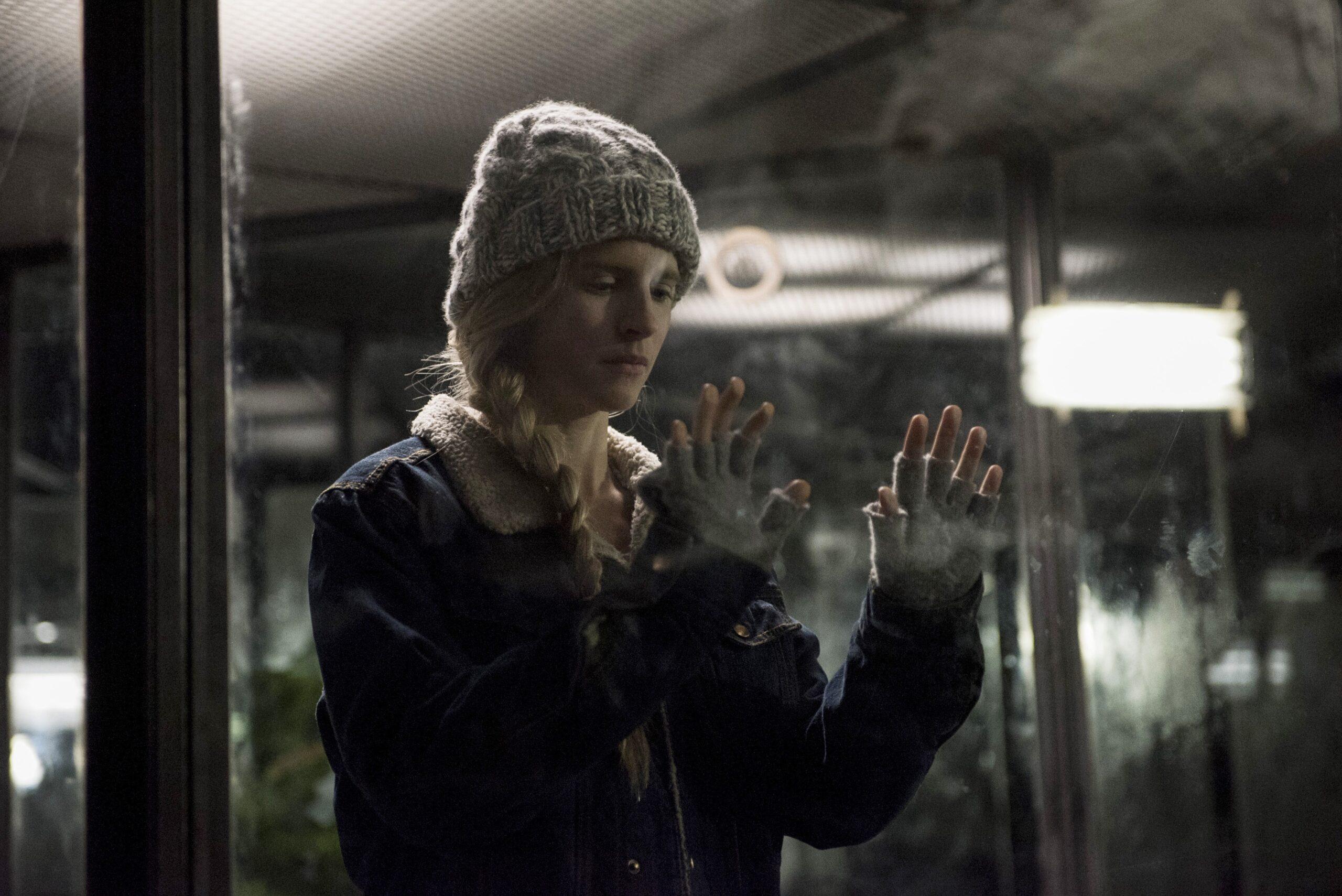
Editor’s note: This piece includes spoilers for The OA.
There are two shows inside Netflix’s The OA, the mysterious series released Friday with just a week’s prior notice. There’s the show The OA is for almost the entirety of its eight episodes. And then there’s the show The OA becomes in its final 20 minutes. Unfortunately, the latter is more interesting than anything in the preceding seven-odd hours. One’s first instinct is to ask why The OA saved its best material for the very end. One’s second is to realize that this is a plot-driven mystery show on Netflix, so the question answers itself: The show is structured, flaws and all, to encourage us all to sprint to the finish.
Cocreated by longtime collaborators Brit Marling and Zal Batmanglij, The OA stars Marling as a formerly blind woman named Prairie Johnson. (Batmanglij directed all eight installments.) After a seven-year disappearance, Prairie returns, and suddenly she can see. She’s got mysterious scars, cries in her sleep, and has an affinity for animals. She insists her name is no longer Prairie, but The OA. There’s the mystery: Why is she like this? What happened to her? In its closing scenes, The OA finally pivots from vague mysticism toward an actual theme, but by then it’s less of a satisfying twist than a frustrating glimpse of what the series could have been.
Compressing Prairie’s revelations (she gives them to a group of local high schoolers, who become her acolytes) into a single paragraph renders them only slightly less preposterous than they play in real time. Three-quarters of the way through its first episode, The OA takes a hard left from Stranger Things uncanniness into Sense8 mishmash: Prairie/The OA, she tells us, is actually the daughter of a Russian oligarch, and her sight was taken from her by a supernatural guardian during a near-death experience, or NDE, after a bus crash. She was then adopted by the people who would become her boring Michigan parents, then abducted by Dr. Hunter Hap (Jason Isaacs), a mad scientist who keeps a group of NDE survivors locked in his basement like lab rats. Together, the survivors discover that, one by one, their guardians have been passing down five “movements,” essentially interpretive dance moves that give people superpowers, like bringing people back from the dead and interdimensional travel. Also, “The OA” stands for “Original Angel.”
It would be easy to unleash a torrent of snark here and call it a day. Throughout the first season, I kept wishing The OA would connect the dots, really go there, and tell a story about people so desperate for meaning and purpose that they accept patently absurd ideas without question. The veritable Breakfast Club she assembles is far more interesting than Prairie herself, but The OA is her story.
Or at least it is until the last third of an hour. When one of Prairie’s disciples finds himself alone in her house during the finale, he uncovers a stockpile of books that cast doubt on her story. Did she make the whole thing up? What did it say about her that she’d presented herself to a group of impressionable teens (and one impressionable adult) as a messiah? What did it say about them that they’d believed her?
They’re all fascinating questions, and they make for a much better show. The OA hinges on us finding Prairie as enrapturing as its characters do, but we never quite believe, and therefore understand, her allure. Instead, The OA preserves substance in the name of surprise. By unleashing their most important ideas only in the final minutes, Marling and Batmanglij ensure that any engagement with them will be retroactive. Other shows pull their twists off with a delicate balancing act: The Leftovers coaxes us into the paranormal by having characters as incredulous as we are; Mr. Robot calls attention to its unreliable narrator from its very first frame. The OA reaches for something similar, but nowhere near as effectively. It gets the suspense right, but at the expense of almost everything else. It doesn’t have the depth required for a prolonged study of perspective and myth, or the emotion that that process can inspire in the people it profoundly affects.
The OA’s problems are structural, so it’s only natural to look to the platform that dictates its structure. And The OA has a nasty case of Netflixitis. The book reveal isn’t its only pacing issue; Marling and Batmanglij, indie auteurs new to TV, have an obvious unfamiliarity with episodic construction that Netflix’s anything-goes format further confuses. Some episodes are 63 minutes long, models of streaming bloat, while others are just 30, because The OA has already exhausted itself. Along with the aforementioned Sense8 and Stranger Things, The OA solidifies creepy sci-fi as a niche that Netflix intends to dominate. Which is smart — backloaded twists are the perfect incentive to click “next” to continue a binge. But Marling and Batmanglij forgot to deliver much of anything before the twist, and Netflix’s famously hands-off creative policy suggests they weren’t asked to.
The OA ends with a cliff-hanger that also presents an opportunity, which I won’t divulge here except to say it marks a promising turn. The OA could pursue that opening in its all-but-inevitable second season and follow the group as they start to doubt themselves, and their leader, more seriously. Or it could continue to keep its cards hidden, leaving us nothing to play with.
Those hidden cards are one of the most reliable ways to keep people watching, especially when we don’t have to wait a week between new episodes to second-guess ourselves; we’re indefatigable TV optimists, forever hoping the ends will justify the means. So that’s the route The OA will likely choose, even as it dims our optimism, one untaken path at a time. And however excited we are for the next product of the indie-to-Netflix pipeline, it’s what we might expect from them, too.